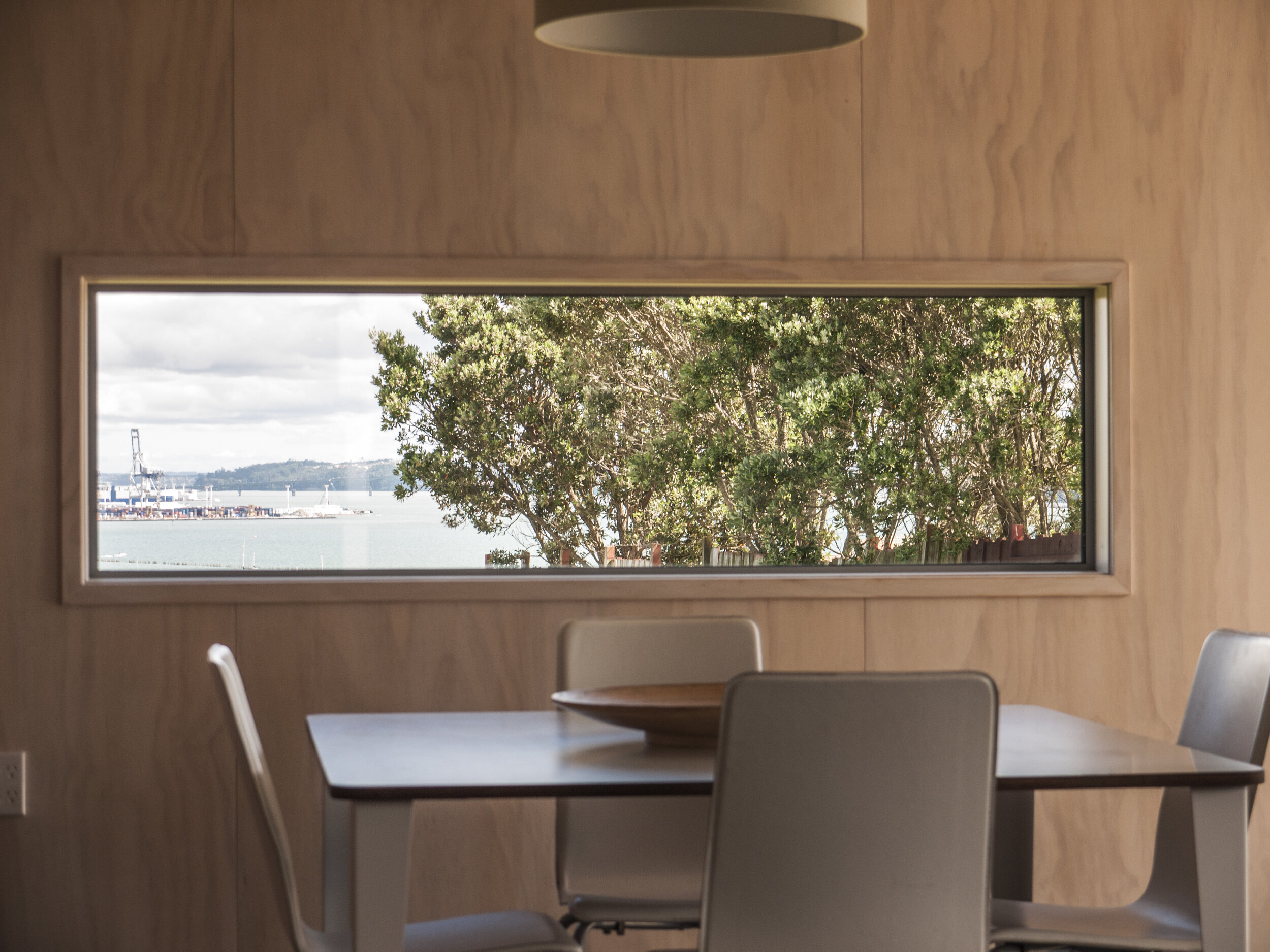
Papakāinga Housing Toolkits
Developed by different whānau throughout the regions; here are some Māori Housing Toolkits designed to assist Māori to develop papakāinga proposals (development plan) on multiple owned Māori land.
The concept of papakāinga is not new and has traditionally been associated with Māori housing in a Marae setting. Papakāinga areas have also included other activities such as kohanga reo, kura kaupapa, health clinic, horticulture or agriculture, sports and/or recreational areas, urupā and heritage sites.
An overview of the Papakāinga Housing Toolkit that is being applied to develop Papakāinga housing across the Western Bay of Plenty.
-
Waikato Māori Housing Toolkit
The concept of papakaainga is not new and in fact, marks a return to traditional social structures inherent in pre-European Maaori. The promotion of papakaainga also serves to utilise traditional Maaori land for the benefit of its owners and their uri.
-
Build 153 - A communal solution
The creation of papakainga, or communal villages, has potential for the social, cultural, economic and environmental regeneration of Maori communities.
Written by Jade Kake
-
Ngapuhi Papakāinga Toolkit
This Toolkit has been developed and designed to provide you with a step by step process for developing papakāinga housing on Māori Land. This resource is supplemented by Papakāinga Workshops run by Te Rūnanga-Ā Iwi O Ngāpuhi for the benefit of all Māori Landowners within Te Taitokerau.
Papakāinga Guide (Heretaunga)
The Papakāinga Development Guide published in 2008; was a joint project by the three agencies: Hastings District Council, the Maori Land Court: Takitimu, and Te Puni Kokiri: Takitimu Region.
The District Plan provided for Papakāinga development on Maori land. Yet only three applications for Papakāinga had succeeded. It was identified that the three agencies shared the same objective to assist Maori to reoccupy their ancestral land, but their respective processes did not harmonise and this presented an obstacle to applicants.
The agencies agreed to harmonise their processes through the production of the Papakāinga Development Guide.
Maori-land accounts for 22% of the District’s land, so there is potential for many Papakāinga developments to occur. It is hoped that the effect of the Guide will be an increase in consent applications for Papakāinga.
The guide is laid out as a workbook to cover each stage of a Papakāinga development project: whanau (getting the approval and viable relationships within the collective ownership of land); whenua (the legal forms under which the land may be occupied); and, whare (the consents required – building, waste water management, for example).
The Guide won a New Zealand Post Excellence Award at the 2008 Local Government New Zealand conference. Since then the Guide has been in demand throughout the country – from Maori, academics, and other councils.
Te Tai Tokerau Papakāinga Toolkit
The meaning of papakāinga can vary from a cultural and historical view. Traditionally, the literal meaning of papakāinga is, 'a nurturing place to return to'. However, in the context of this guide, papakāinga is generally considered as 'development of a communal nature on ancestral land owned by Māori.'
Papakāinga developments can be difficult. A lot of people and organisations are involved and it can be hard to get an agreement. The Te Tai Tokerau Papakāinga toolkit is designed to help Māori landowners understand and navigate the process for undertaking a papakāinga development on their ancestral lands.
The four Northland councils have collaborated on the development of this toolkit. The 23-page guide, which walks whanau through the process, starting with developing a kaupapa and ending with applying for building and resource consents, is part of the Whanaketia Te Whenua, Kia Ora Ai Te Tangata – Developing the Land to Benefit the People Project.
This Papakainga Toolkit gives a simple outline of the steps to get a papakāinga development approved and ready for construction. You can also view a summary brochure here.
